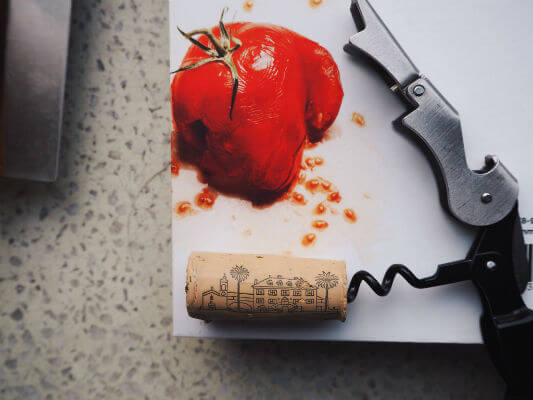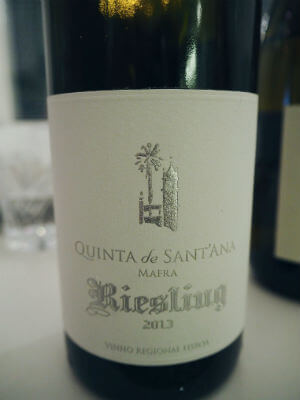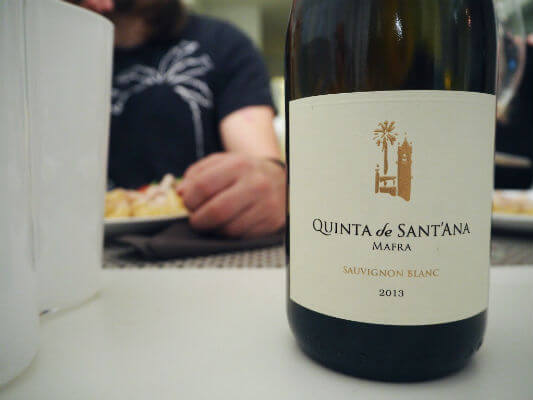Text Ilkka Sirén
Portugal’s varietal diversity is definitely one of its key strengths. It’s like a giant treasure chest full of possibilities. Even though some of them are near impossible to pronounce, they are what makes the Portuguese wine scene so unique.
But even with all these excellent grape varieties there is limitless possibilities to plant international varieties too. I know that this is a subject that many wine people debate; should we plant international varieties or stick to the indigenous ones. Indigenous grape varieties seem to be trending at the moment and I do also think that is something all winemakers should cherish. “Who needs another Cabernet, right?” Well, I do. If it’s good. There is certainly many factors to why some winemakers use certain varieties but in the end it’s all about making good wine. If you do not succeed with one variety then try another one. I know, easier said than done.

Uncorked – Photo by Ilkka Síren | All Rights Reserved
There is no way around it, though. The world we live in is much smaller than it used to be. Information travels fast but so does everything else. Just the other day I orderded a whole jamón ibérico from Barcelona and in just a couple of days it was in front of my door here in Helsinki. I mean, it used to take me a couple days just to connect to the internet through one of those old modems that made a horrible dialing sound. Remember? Well, apparently grape varieties like to travel too because nowadays you can find some really curious stuff from places you never expected. Which I think is quite neat.

Quinta de Sant’Ana Riesling 2013 – Photo by Ilkka Síren | All Rights Reserved
Such was the case with this wine, Quinta de Sant’Ana Riesling. A riesling from Lisbon…say whaat?! Must say I’m a bit of riesling nut. Nothing like those riesling jihadists you sometimes meet but definitely a fan. This wine comes from Mafra, just north of Lisbon. An unlikely place to find riesling but nevertheless there I was holding a bottle of Vinho Regional Lisboa Riesling. At this point a riesling fundamentalist would have thrown away the bottle in horror, washed his hands and sacrificed a small goat to the Gods of Riesling. Not me. I was very eager to taste it.
On the nose it was a bit floral and had more ripe fruit characters than a stereotypical riesling. But still pleasantly aromatic with peach and some herbal notes. On the palate it was surprisingly fresh and lean, not as ripe as the nose suggested. Slightly unusual but overall a tasty interpretation of riesling. Lisbon will never be Mosel and that’s good. It gives an opportunity to create something unique.

Quinta de Sant’Ana Sauvignon Blanc 2013 – Photo by Ilkka Síren | All Rights Reserved
The next white wine was also a non-Portuguese variety, Sauvignon Blanc. A variety that I usually struggle with. At best it can be incredibly savory and food-friendly like no other. But most Sauvignon Blancs are OK-ish at best and generally just uninteresting. Sniffing this wine was like being stuck inside a washing machine. Around and around we go. On the one hand it had this grassy element of a cool climate Sauvignon Blanc. But on the other hand it had plenty of honeydew and ripe pear which reminded me more of Chenin Blanc. Made me hungry for some grilled king crab. Not a mind-blowing wine but if you’re into Sauvignon Blanc you might find yet another side of this forceful grape variety.
Contacts
Quinta de Sant’Ana
2665-113 Gradil
Rua Direita 3, Mafra, Portugal.
Tel: (+351) 261 963 550
E-mail: geral@quintadesantana.com
Site: www.quintadesantana.com




Leave a Reply